"Cinder-Elta" - The Story of Elta Cartwright
The Redwood Empire Indian Marathon
| The year was 1927. Highway 101 connecting the rural Northern California coast was completed about a year ago, and tourism to the area needed some encouragement. The Redwood Empire Association, made up of the chambers of commerce of towns along the 101 including San Francisco, Eureka, and Grant’s Pass were looking for a sensation to attract media attention to the area- and tourists. Thus the Redwood Indian Marathon was devised. It was a 480 mile run from San Francisco’s City Hall to Grant’s Pass, all along the 101. The Redwood Empire Association thought one additional component would attract extra attention- if the race was limited to Native American runners. This wasn’t an unusual publicity stunt, and demonstrations of Native Americans running long distance happened in the southwest around the turn of the century. Some Hopi runners were noted to have run 130 miles in 24 hours. The popularity of these runs for spectators was growing in 1926 and usually took place at fairs. A plan was devised to bring the publicity-generating run to the recently completed (but still partially dirt) Redwood Highway. |
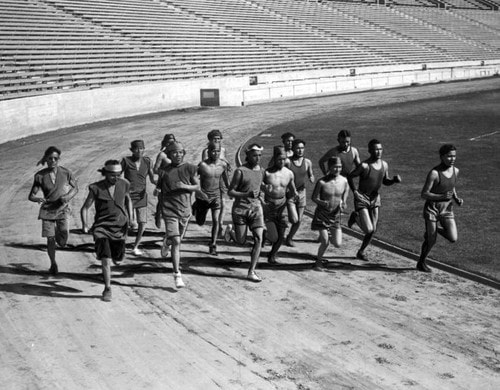
| The race was held again the following year, and Thomas won. A third race was in the works when the stock market crashed, dragging tourism down with it. In 1987, the race was run again by members of the Grant’s Pass High School and at the end of the race John Southard was waiting to congratulate them. |
Sources:
https://www.sports-reference.com/olympics/athletes/ca/elta-cartwright-1.html
https://hsujacks.com/honors/humboldt-state-athletics-hall-of-fame/elta-cartwright/5
Redwood Indian Marathon articles
https://oregonencyclopedia.org/articles/indian_redwood_marathon_redwood_empire_run_/#.XrM-PahKiUk
This article as a day-by day breakdown of the race, and is definitely worth a read!
https://ultrarunninghistory.com/redwood-indian-marathon/

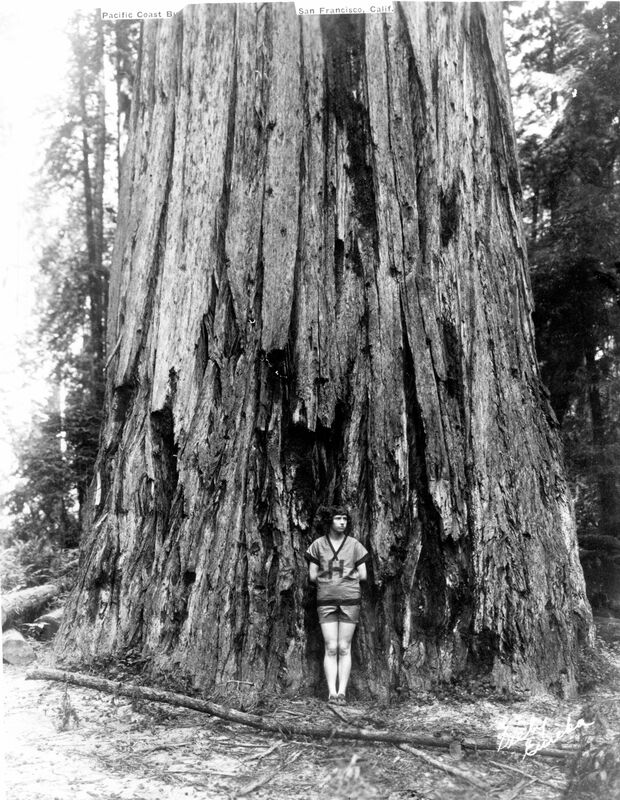
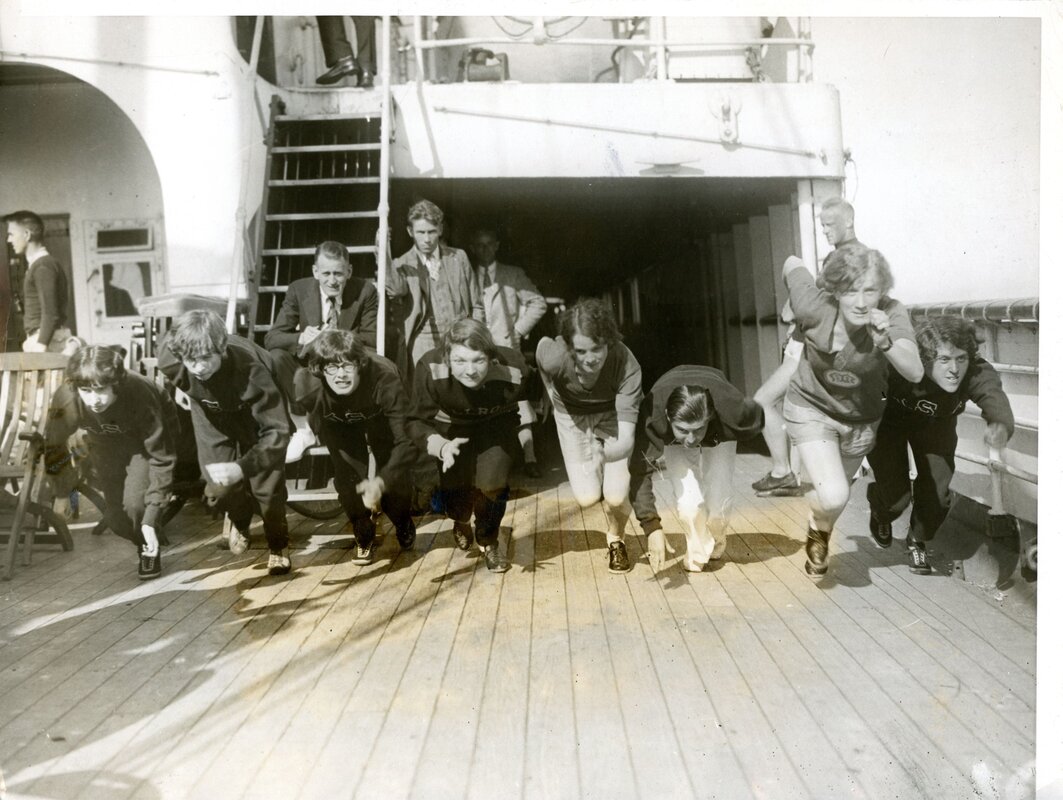
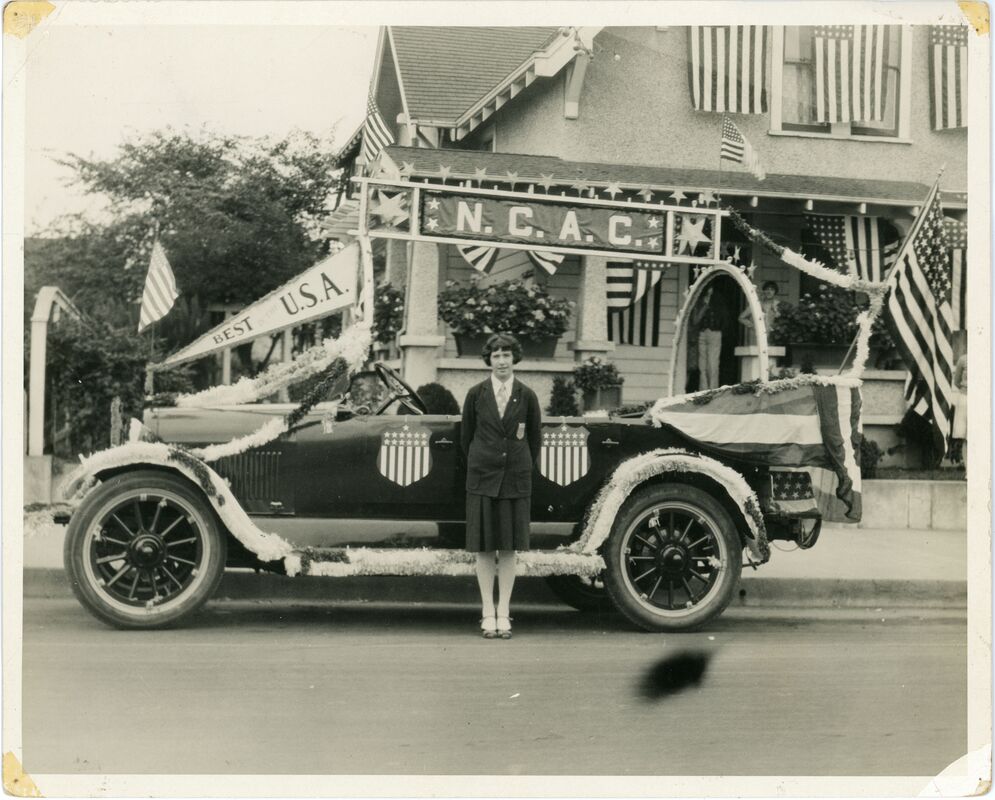
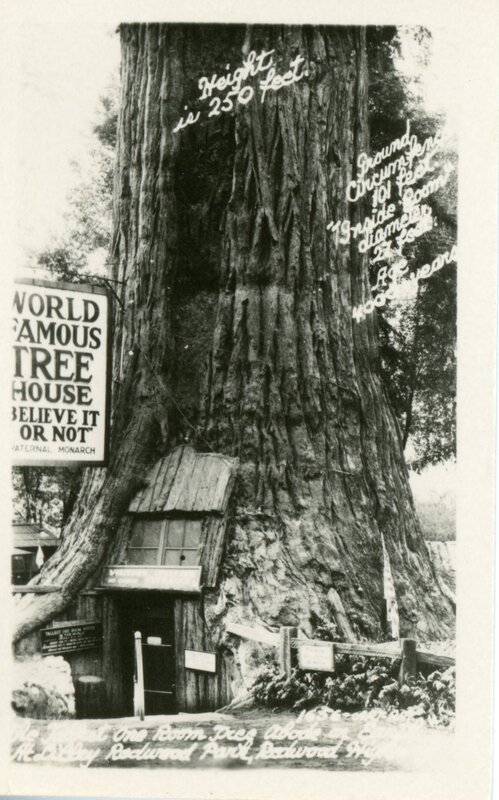
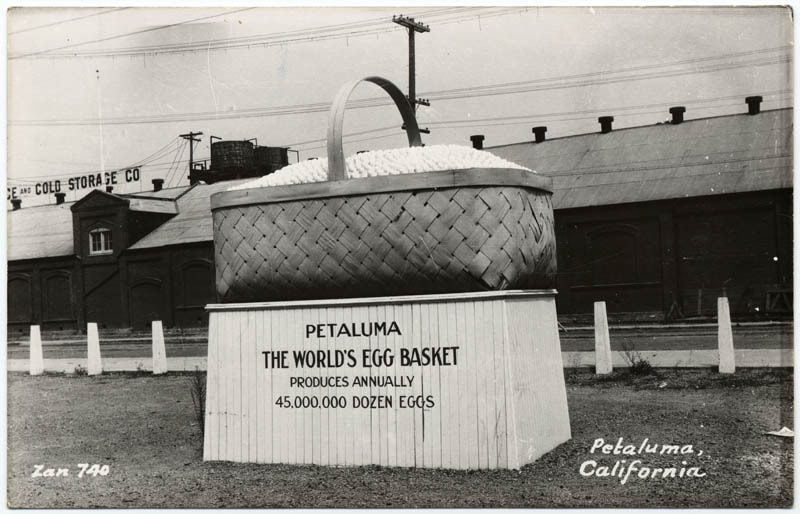
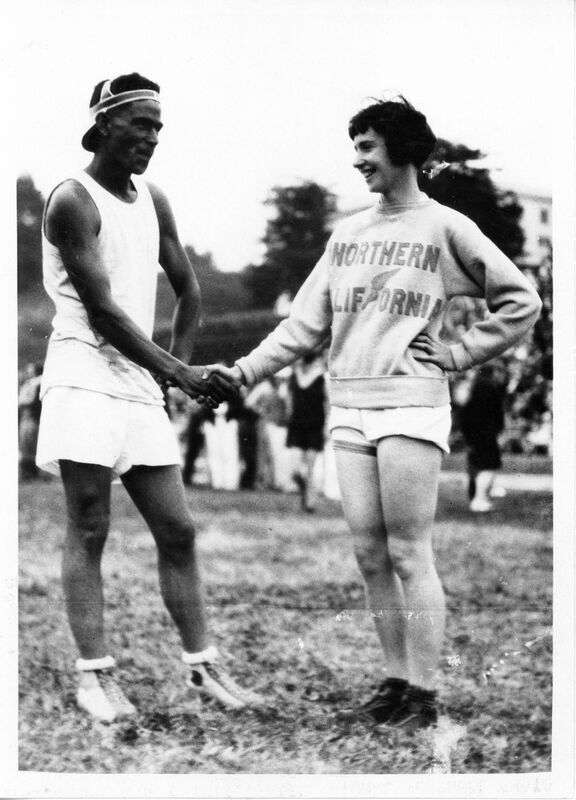
 RSS Feed
RSS Feed